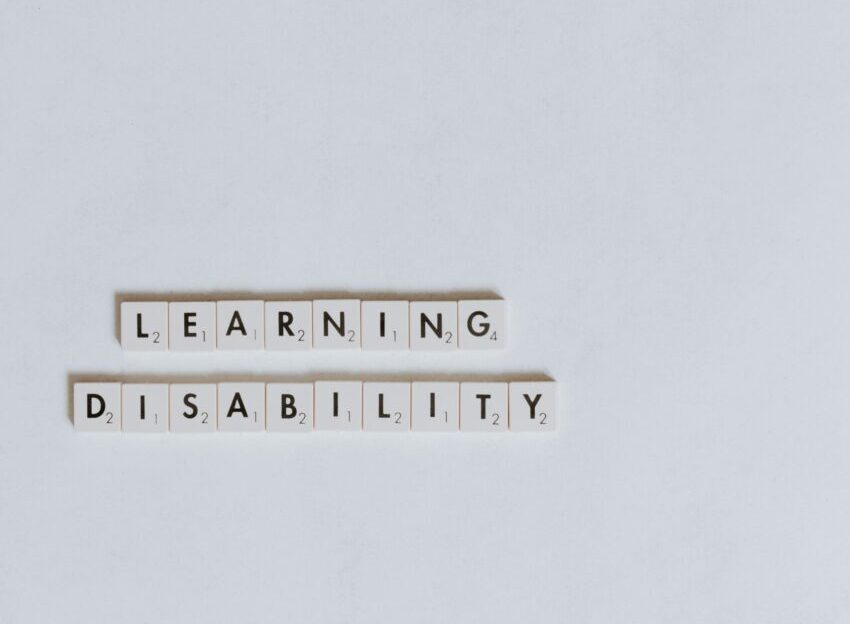Oct 2023
Authored by: Brooklynn Smith
According to Meeks et al. (2020), the rates of medical students with disabilities across both allopathic (MD) and osteopathic (DO) schools remain critically below the national average—roughly 25% of the population (Agaronnik et al. 2021)—of people with disabilities (PWD). While, of course, admission to medical school is selective, the prevalence of students with disabilities across both MD and DO programs hovers at 4.52%, which indicates a serious skew toward able-bodied people (Meeks et al. 2020). Research into the lack of PWD in medical education is multi-faceted; some reasons for the exclusion include, but are not limited to, the following:
- Lack of clear technical standards in medical education (Meeks and Jain, 2021; Smith, 2022)
- Barriers to self-disclosing disability among medical students due to implicit biases of faculty and peers (Meeks and Jain, 2021; Marzolf et al., 2022)
- Inconsistent accommodation and disability support systems (Meeks and Jain, 2021; Marzolf et al., 2022)
Currently, scholars, activists, and physicians are fighting to increase the representation and inclusion of PWD in medical education, and their efforts span the gamut of reform practices. However, to overcome systemic barriers, we all must work together to try to perform systemic action. While, obviously, joining the fight through explicit advocacy, research, and policy reform is admirable and necessary, not everyone has the ability or desire to participate in diversity, equity, and inclusion reform on an official basis. So, here are some ways that you can contribute to the fight for disability inclusion in medical education in small but impactful ways, regardless of ability.
- Begin unlearning implicit biases instilled in ableist culture. Read books, listen to podcasts, and/or seek out the voices of PWD. Even personal changes to implicit bias can help eliminate systemic barriers over time.
- Provide support to your classmates, colleagues, and peers, regardless of ability. Part of the exclusion of PWD from medical education is the atmosphere of competition and “grind” culture in medical school. Supporting your peers socially and physically is integral to beginning to change the culture of medical education.
- Utilize your school’s accommodations and accessibility system. These networks are often overlooked and underfunded, and many people who qualify for accommodations and support either do not know about them or are afraid to use them. Make a point to utilize these services and help your peers navigate the systems too.
- Listen to your peers and faculty with disabilities, and let them advocate for themselves. Amplify and appreciate the voices of PWD, and remember that they are the authority on their bodies, needs, and accommodations.
References
Agaronnik, N. D., Saberi, S. A., Stein, M. A., & Tolchin, D. W. (2021). Why disability must be included in medical school diversification efforts. AMA Journal of Ethics, 23(12), 981–986. https://doi.org/10.1001/amajethics.2021.981
Marzolf, B. A., McKee, M. M., Okanlami, O. O., & Zazove, P. (2022). Call to action: Eliminate barriers faced by medical students with disabilities. Annals of Family Medicine, 20(4), 376–378. https://doi.org/10.1370/afm.2824
Meeks, L. M. (2018). Accessibility, Inclusion, and Action in Medical Education.
Meeks, L. M., Case, B., Plegue, M., Moreland, C. J., Jain, S., & Taylor, N. (2020). National prevalence of disability and clinical accommodations in medical education. Journal of Medical Education and Curricular Development, 7, 2382120520965249. https://doi.org/10.1177/2382120520965249
Schwarz, C. M., & Zetkulic, M. (2019). You belong in the room: Addressing the underrepresentation of physicians with physical disabilities. Academic Medicine, 94(1), 17. https://doi.org/10.1097/ACM.0000000000002435
Smith, Timothy M. (2022, June 17). 5 barriers faced by medical students, residents with disabilities. American Medical Association. https://www.ama-assn.org/education/medical-school-diversity/5-barriers-faced-medical-students-residents-disabilities

